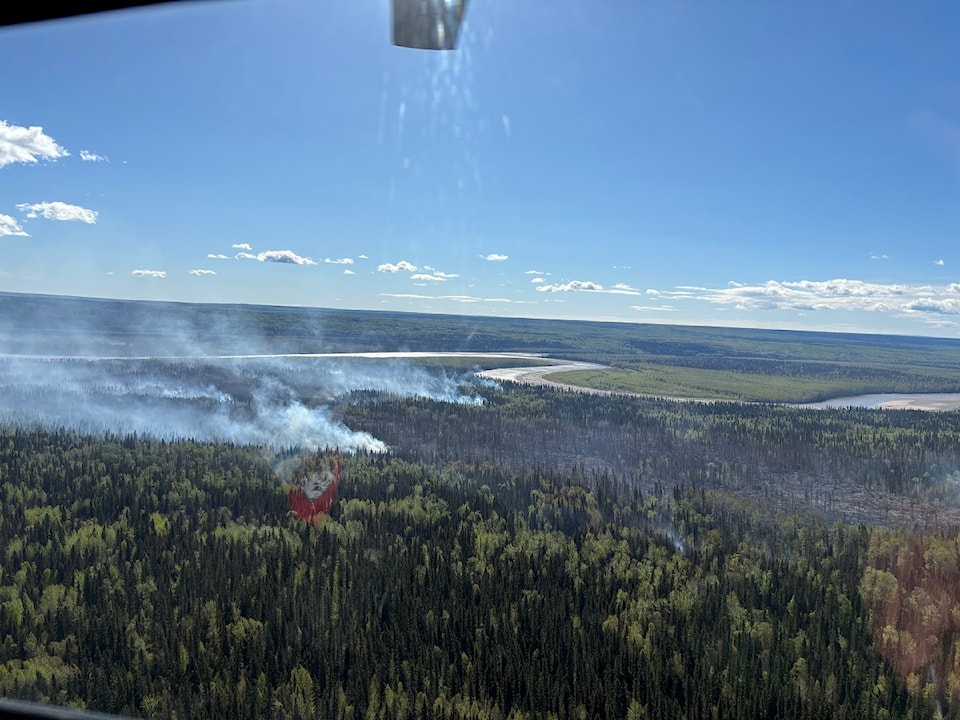The wildfire season seems to be in full swing and that means the GNWT is in information mode.
The first wildfire news conference for 2024 happened on Tuesday and one of the big questions put to officials was one everyone wants to know: What would it take to evacuate again?
Emily King, director of the Emergency Management Organization with the Department of Municipal and Community Affairs, said the current protocol in tandem with the Department of Environment and Climate Change (ECC) discusses risk levels of fires.
"We pull community governments into conversations, and we discuss with them what their plans are, what their thresholds are for evacuating a community and so it really is a discussion-based decision," said King.
As for how the GNWT assesses risk, Mike Westwick, the manager of wildfire prevention and mitigation with ECC, said it's not as simple as looking at one particular statistic.
"It's tempting for everybody to look for a kilometre marker, for example, (and) how far away it is from a community," he said. "But the reality is the fuels differ, depending on where you are in the territory, in very big ways, and it really is dependent on where the the fire starts and where those pathways are to communities."
Westwick added that making the decision to evacuate can profoundly disrupt people's lives.
"You need to consider all of the information at hand, rather than necessarily drawing a line on a map before an event has even happened," he said.
Whether it's fuel, weather or road access, all factors play a part in determining whether to evacuate, he added.
Currently, a major wildfire continues to burn and grow about 20 km southwest of Fort Liard and residents are on evacuation notice.
That, according to the GNWT, means they are on level one. Level two is an evacuation alert, meaning to get ready to leave on short notice. Level three means it's time to get out and follow directions from officials.
It's not so easy to know if or when Yellowknife will have to evacuate again, it seems.
But that doesn't mean progress hasn't been made, said Westwick.
"Full buy-in is very difficult to get, but I will say since last season, there have been a whole lot of people taking leadership in their neighbourhoods, and within their own homes, to take fire-smart action," Westwick said, specifically mentioning Fort Liard as an example of everyday folk taking action in their community.
